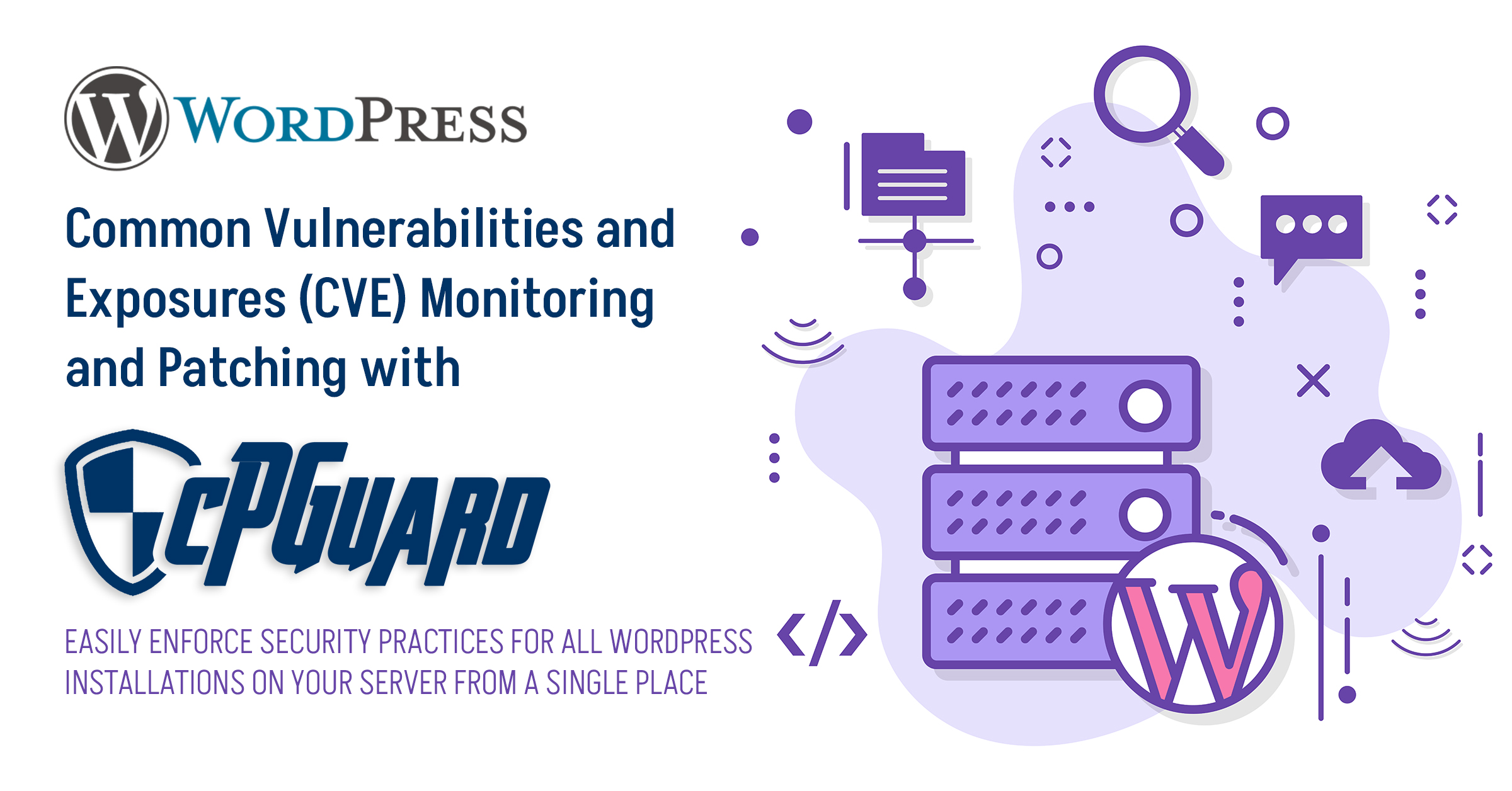In our ongoing commitment to enhance website security, we have explored various options to monitor and patch vulnerabilities in WordPress and its components. Given that WordPress holds a significant share of compromised websites, particularly in shared hosting environments, it is crucial to prioritize its security. Throughout this journey, we’ve implemented numerous explicit rules in our scanner engine and introduced measures such as detecting outdated installations, sending related notifications to end-users, identifying suspicious processes, and verifying WordPress file checksums. These efforts have already proved effective in detecting many infections.
The Importance of Detecting and Patching Vulnerabilities
As we delved deeper into our security measures, we recognized the importance of detecting outdated WordPress versions and components with known vulnerabilities. Ensuring no website with a known vulnerability remains publicly accessible and open to exploit is paramount. While our Web Application Firewall (WAF) can mitigate many such attacks and is continually updated to block the latest threats, the most effective practice is to patch the actual vulnerabilities. With this in mind, we introduced CVE (Common Vulnerabilities and Exposures) monitoring for WordPress in the latest versions of cPGuard.
Introducing New Updates: CVE Monitoring and Patching for WordPress Using cPGuard
We are excited to announce a significant update aimed at enhancing WordPress security through comprehensive CVE (Common Vulnerabilities and Exposures) monitoring and patching.
Detailed Monitoring of WordPress Installations
With our latest update, cPGuard now provides a detailed list of all WordPress installations and their components (assuming no errors in the installations). This list allows you to:
– Identify WordPress installations with outdated cores, plugins, and themes.
– Detect installations with a CVE alert and view their CVSS (Common Vulnerability Scoring System) scores.
Manual and Automated Threat Management
Our enhanced system gives you the power to:
– Manually review CVE threats and apply available patches.
– Update each component individually when updates are available.
– Enable auto-updates for WordPress components, providing a more security-oriented approach similar to a WP toolkit.
Future Enhancements: Automatic Patching
Looking ahead, we plan to introduce automatic patching for CVE-affected installations. This means if a client fails to address an alert and update their WordPress installation within a certain period, cPGuard will automatically apply the necessary patches.
We are trying to add more features to ensure WordPress security in upcoming releases. In 2024, we expect to add more such features to ensure secure WordPress hosting servers for our clients

